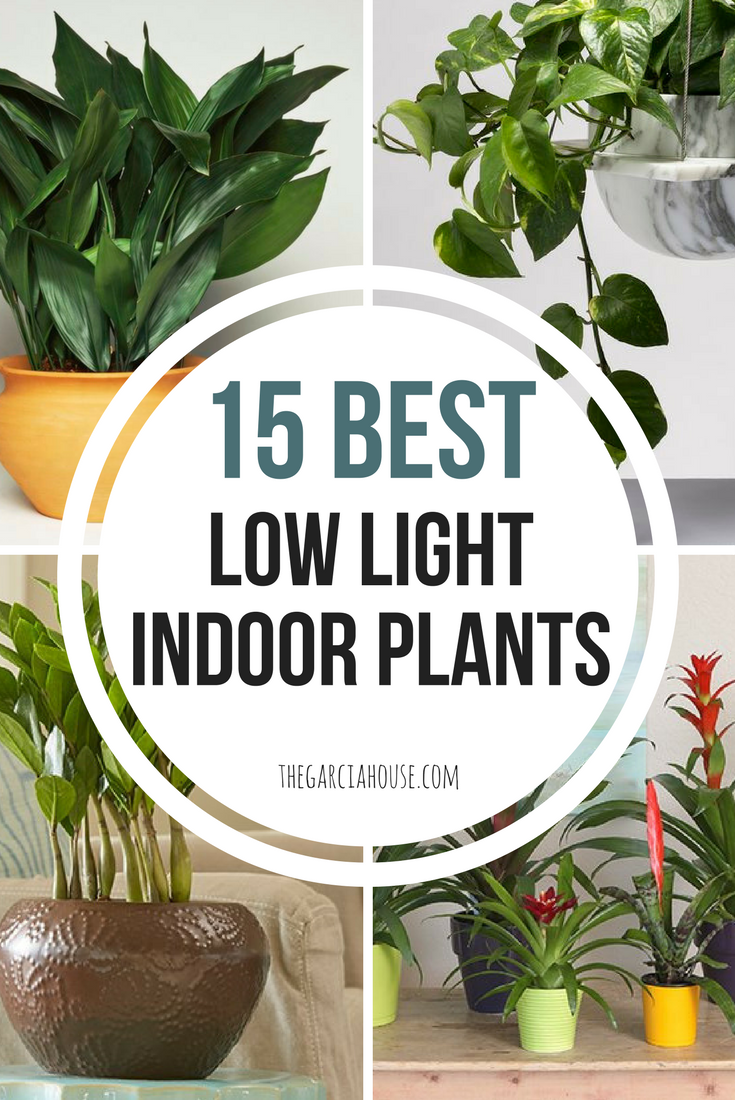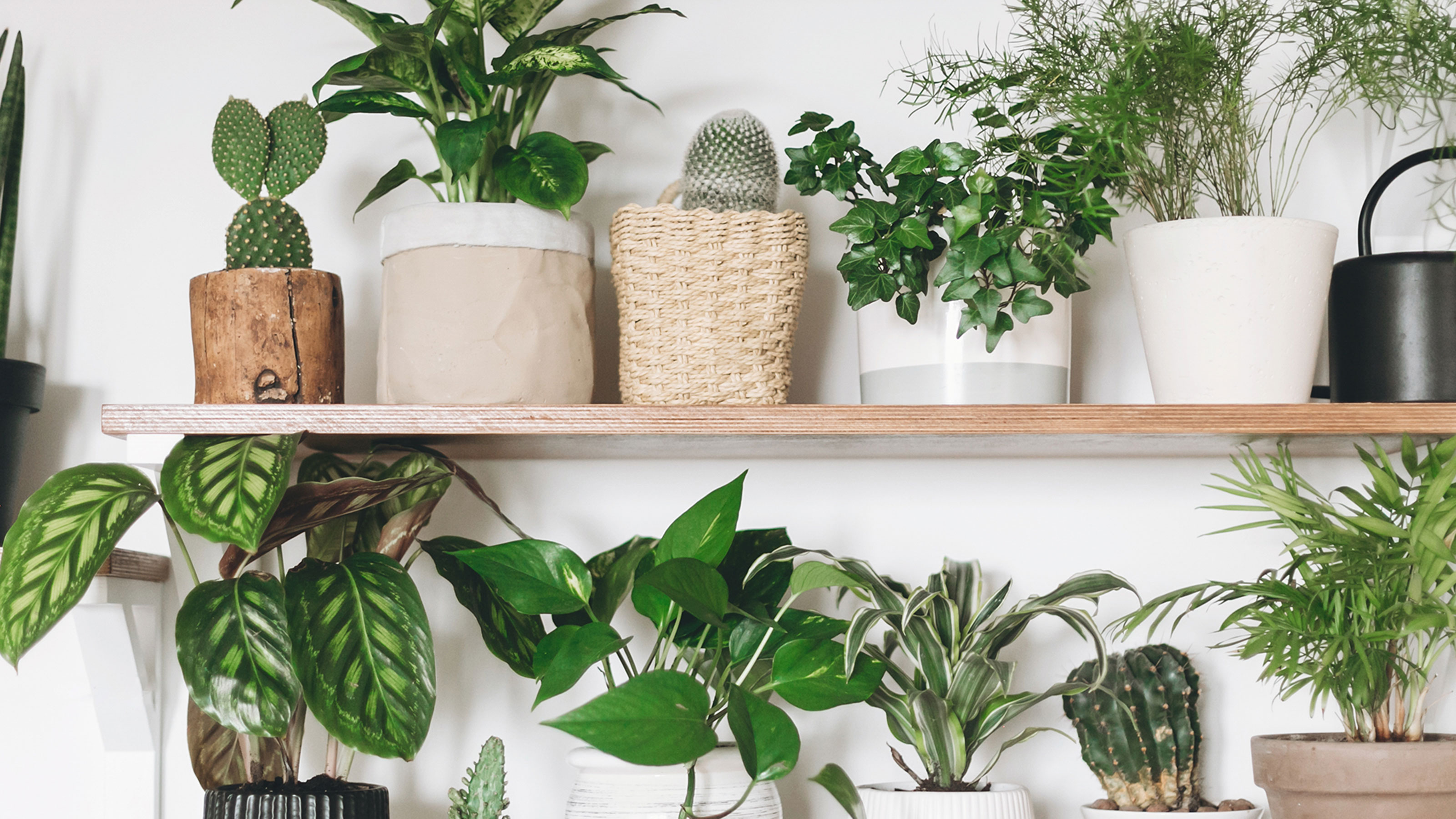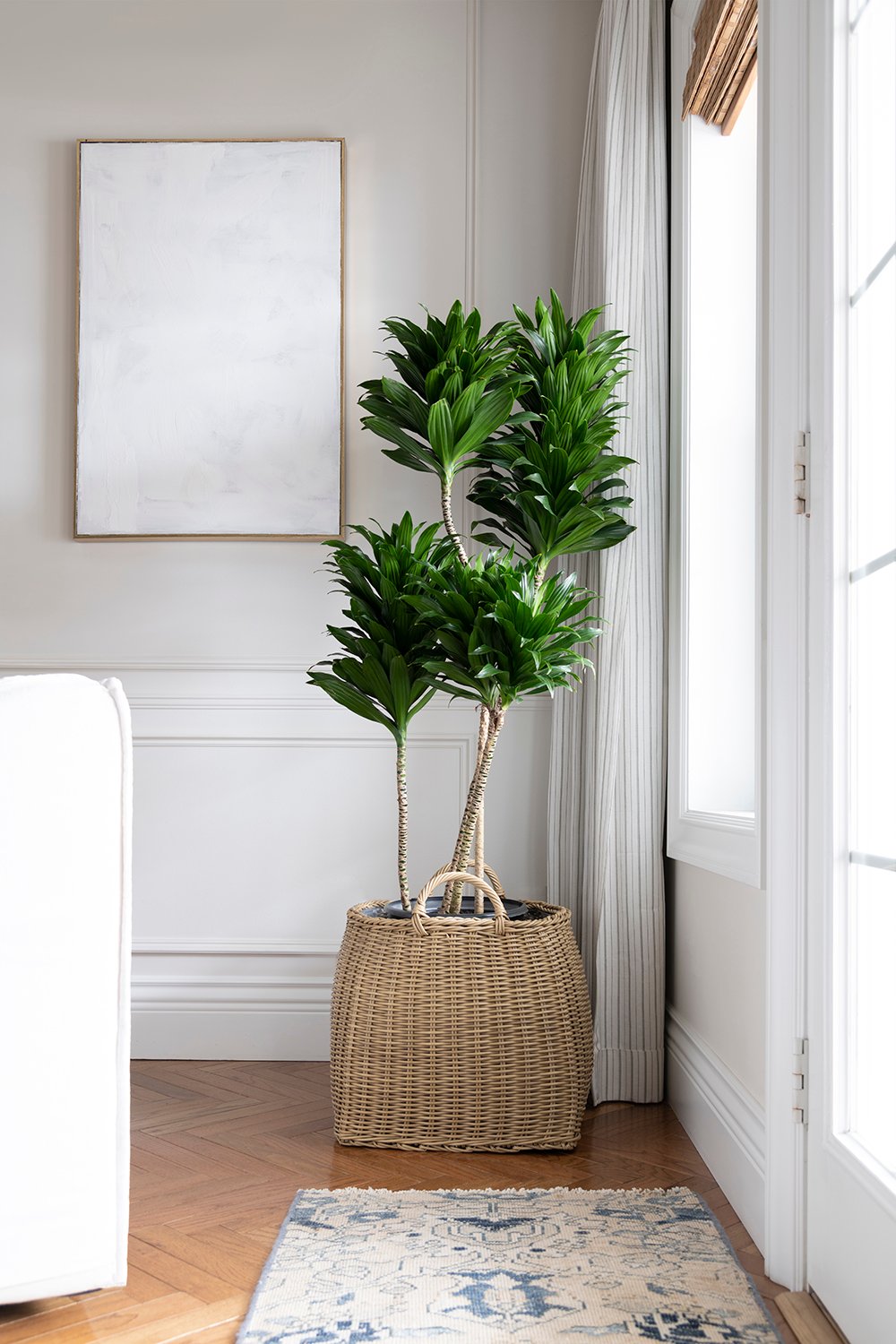The Best Low-Light Indoor Plants for Beginners and Busy Plant Owners
The Best Low-Light Indoor Plants for Beginners and Busy Plant Owners
Blog Article
Transform Your Home With Beautiful Low-Light Indoor Plants and Their Benefits
Incorporating low-light interior plants into your home can dramatically enhance both the environmental and aesthetic quality of your home. These plants, which prosper in dim conditions, offer not only as attractive elements but likewise as all-natural air cleansers, making them perfect for city dwellers or those with restricted sunshine direct exposure. As we explore the various sorts of low-light plants and their advantages, you may find unusual means to incorporate them into your home that can transform your surroundings in methods you could not have actually anticipated.
Benefits of Low-Light Plants
Low-light plants use countless advantages for indoor environments, making them an outstanding option for both beginner and knowledgeable garden enthusiasts. One of the primary advantages is their flexibility to low-light problems, enabling people to enhance their home without the need for comprehensive sunlight exposure. This characteristic makes them optimal for apartment or condos, workplaces, and various other locations with minimal all-natural light.

Additionally, integrating low-light plants into home decor can boost the aesthetic charm of a room. Their lavish vegetation and differed textures create a calming atmosphere, adding to total health. The presence of plant has actually been linked to reduced anxiety levels and enhanced performance, making low-light plants a functional option for improving both psychological and physical wellness in indoor setups.
Top Low-Light Indoor Plants
While several interior plants thrive in brilliant light, several types are particularly appropriate for low-light conditions, making them optimal for different indoor rooms. One popular selection is the Snake Plant (Sansevieria), understood for its striking upright leaves and resilience, needing marginal care. One more excellent choice is the Pothos (Epipremnum aureum), which features heart-shaped fallen leaves and can trail perfectly from shelves or hangers, flourishing in reduced light and adding a lavish touch.
The ZZ Plant (Zamioculcas zamiifolia) is celebrated for its glossy fallen leaves and ability to endure disregard, making it perfect for hectic way of livings. Similarly, the Peace Lily (Spathiphyllum) not only endures low light however additionally produces spectacular white blossoms, boosting any room's visual.
For a distinct touch, think about the Cast Iron Plant (Aspidistra elatior), which undoubtedly lives up to its name, prospering in the darkest edges of your home. The Chinese Evergreen (Aglaonema) uses a selection of fallen leave patterns and shades while being remarkably forgiving in low-light problems. These plants not just improve interior atmospheres however likewise contribute to air purification, improving your living room.
Treatment Tips for Low-Light Plants

Sprinkling techniques are vital; these plants often choose slightly dry conditions. Overwatering can result in root rot, so guarantee that the top inch of dirt is dry prior to watering once again. Use pots with drain openings to permit excess dampness to run away.
Moisture is an additional vital factor. Numerous low-light plants, such as Click This Link ferns and peace lilies, benefit from higher humidity levels. To increase humidity, think about misting the fallen leaves or putting a tray of water near the plants.
Fertilization ought to be approached with caution. During the growing season, make use of a diluted, well balanced fluid plant food each month to support growth, however avoid fertilizing throughout the inactive winter season months.

Creative Ways to Show Plants
Interior plants can act as exciting prime focus in any type of space, boosting both visual appeal and atmosphere. Imaginative display screens can elevate the visual impact of low-light plants, making them an important component of your home style. One reliable method is to use tiered plant stands, which allow you to showcase several plants at varying heights while making best use of flooring space.
Hanging planters are one more ingenious alternative, creating a feeling of deepness and attracting the eye upwards. Take into consideration macramé wall mounts or wall-mounted shelves to present an unique texture and design.
For an extra organized strategy, usage geometric terrariums or glass containers to house your plants, look here adding a modern-day touch to your interior garden. You can likewise repurpose vintage items, such as teacups or wood pet crates, for a diverse screen that shows your character.
Enhancing Home Atmosphere With Plants
Integrating low-light plants into your home not just improves visual appeal yet likewise contributes significantly to the general ambiance. These plants offer as all-natural decor elements, presenting a feeling of harmony that can transform any area. The existence of greenery cultivates a relaxing environment, which is especially useful in high-stress environments such as home workplaces or living areas.
Low-light plants, such as snake plants, find out here now pothos, and ZZ plants, are not just visually pleasing but additionally enhance indoor air top quality by filtering pollutants. This twin function boosts the setting even more, creating a much healthier home (Best low-light indoor plants). The strategic positioning of these plants can also affect the perception of space; for instance, tall plants can attract the eye up, making ceilings appear greater and rooms extra spacious
In addition, varying textures and colors of foliage include depth to indoor style, enabling innovative expression in home designing. Whether put on racks, in corners, or as focal points, low-light plants can raise the mood of any type of space. In summary, including these plants into your home is an efficient way to foster a cozy, welcoming atmosphere while profiting of improved air high quality and visual flexibility.
Verdict
Integrating low-light interior plants right into home environments provides countless benefits, including improved visual allure and improved air high quality. These resistant plants, such as the Serpent Plant and Peace Lily, require very little light and upkeep, making them ideal for varied way of livings. Their capability to filter toxins adds to a healthier living space, while their different structures and shades improve interior decoration (Best low-light indoor plants). Inevitably, the inclusion of low-light plants fosters a peaceful and inviting atmosphere, transforming any type of home right into a serene sanctuary.
While lots of indoor plants flourish in bright light, several varieties are specifically fit for low-light problems, making them excellent for numerous interior areas. One effective method is to make use of tiered plant stands, which permit you to display several plants at varying elevations while taking full advantage of floor room.
Low-light plants, such as serpent plants, pothos, and ZZ plants, are not only aesthetically pleasing yet additionally enhance interior air high quality by filtering toxins. Best low-light indoor plants. The critical placement of these plants can also affect the understanding of space; for circumstances, tall plants can draw the eye upward, making ceilings show up higher and areas a lot more roomy
These resilient plants, such as the Snake Plant and Tranquility Lily, need minimal light and upkeep, making them appropriate for varied way of lives.
Report this page